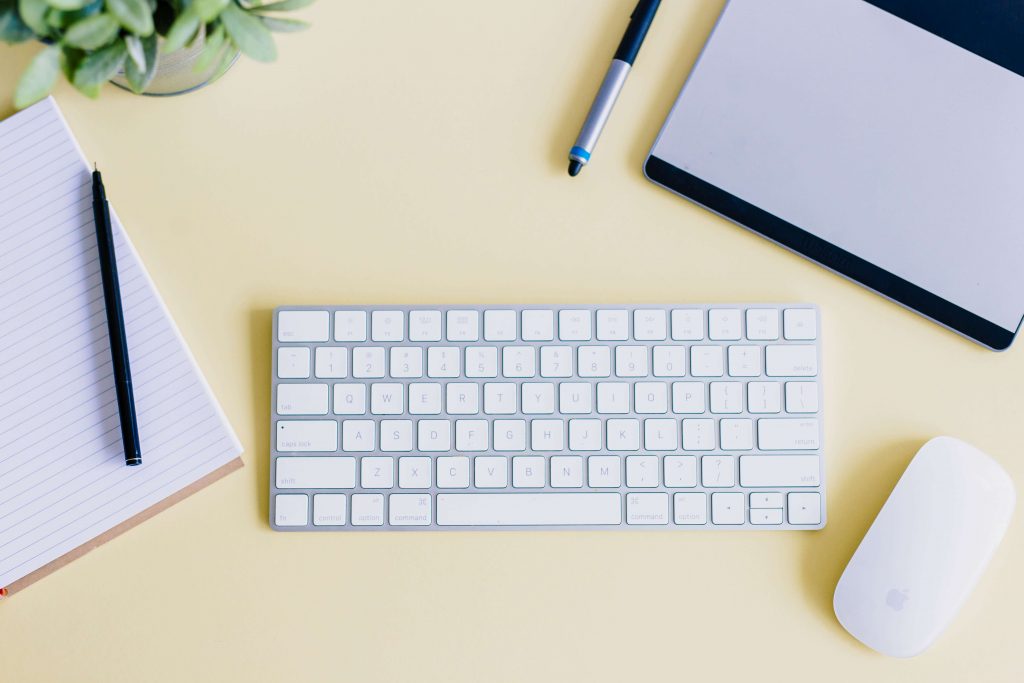The thing about sightless typing is that each finger has its own area on the keyboard. This allows you to type without looking at the keys. Practice regularly and your fingers will learn their position on the keyboard through muscle memory.
Texting, of course, is all about quality, not the speed of its creation. Nevertheless, it has to be admitted that slow tapping on the keyboard will certainly not be very helpful in the profession of a copywriter. Hence the idea of this article, which will help you improve your skills in this area
In order to improve your typing speed, you need to get a feel for the F and J keys. These are the ones that have the small characteristic tabs. Over time, as you learn to type without looking, you won’t have to pay much attention to them anymore – you’ll naturally learn the layout of the keys.

It is also important to familiarize yourself with the keyboard you are using. This plays an extremely important role. Over time, you will be able to picture the keyboard in your mind and not have to look away from the screen to locate the key you need. You then don’t have to wait for your words to appear on the screen. This will save you a lot of time. If you type at 60 words per minute or higher, and want to avoid wrist problems, consider buying a mechanical keyboard. Although it is noisier than a membrane keyboard, its design allows you to type faster with less effort
This method may seem unnatural or even uncomfortable at first, but keep going! Eventually, you will find that you type quickly, easily, and comfortably. For maximum results, you can try your hand at a non-visual typing course for your keyboard layout and language of choice.
Typing without looking at your keyboard layout is made possible by muscle memory, which is sometimes called procedural memory and is associated with learning and improving motor skills. You use it when you ride a bike, play the piano, knit, or even perform routine tasks such as brushing your teeth or hair. Muscle memory is stored in the cerebellum, the part of the brain that sends signals to your body, including your fingers, so you move them automatically without having to think about the action.

With muscle memory, we think, translate our ideas into language, and then speak through a series of complex and coordinated movements performed by the muscles of the face, mouth, and throat. We automate spoken language when we are children, and we do the same with written language when we learn the letters of the alphabet and begin to write.
Getting rid of bad writing habits is probably the hardest thing to do. You’ve probably been using the same typing method since you started using the keyboard, so it will be hard to say goodbye to it. Pay attention to how you place your hands when you start typing. If you enjoy playing popular shooters, for example, you’re probably used to placing your left hand on the WASD keys and may have stronger fingers on your left hand.
Speed is the first and most obvious benefit of sightless typing. As research shows, a person using two fingers types a maximum of 30 words per minute. Without looking at the keyboard, you can achieve a great result: 75-80 words per minute, or even more. So let’s move on to the practical part
Right hand:

If possible, avoid looking at the keyboard while typing, although this often happens automatically. To avoid this, many people use a special type of keyboard cover that hides the alphabet. This helps to register key positions in your subconscious. It may slow down the learning process at first, but over time you will notice a long-term benefit
Not surprisingly, Windows and Mac OS have many keyboard shortcuts. With both hands already on the keyboard, why spend time navigating with a mouse? You don’t need to memorize every shortcut: focus on the ones you’ll actually use on a daily basis
Finally, we’ve included a list of the most popular shortcuts. Do you have a favorite?
Main article photo: photo by Donatello Trisolino, source: pexels.com